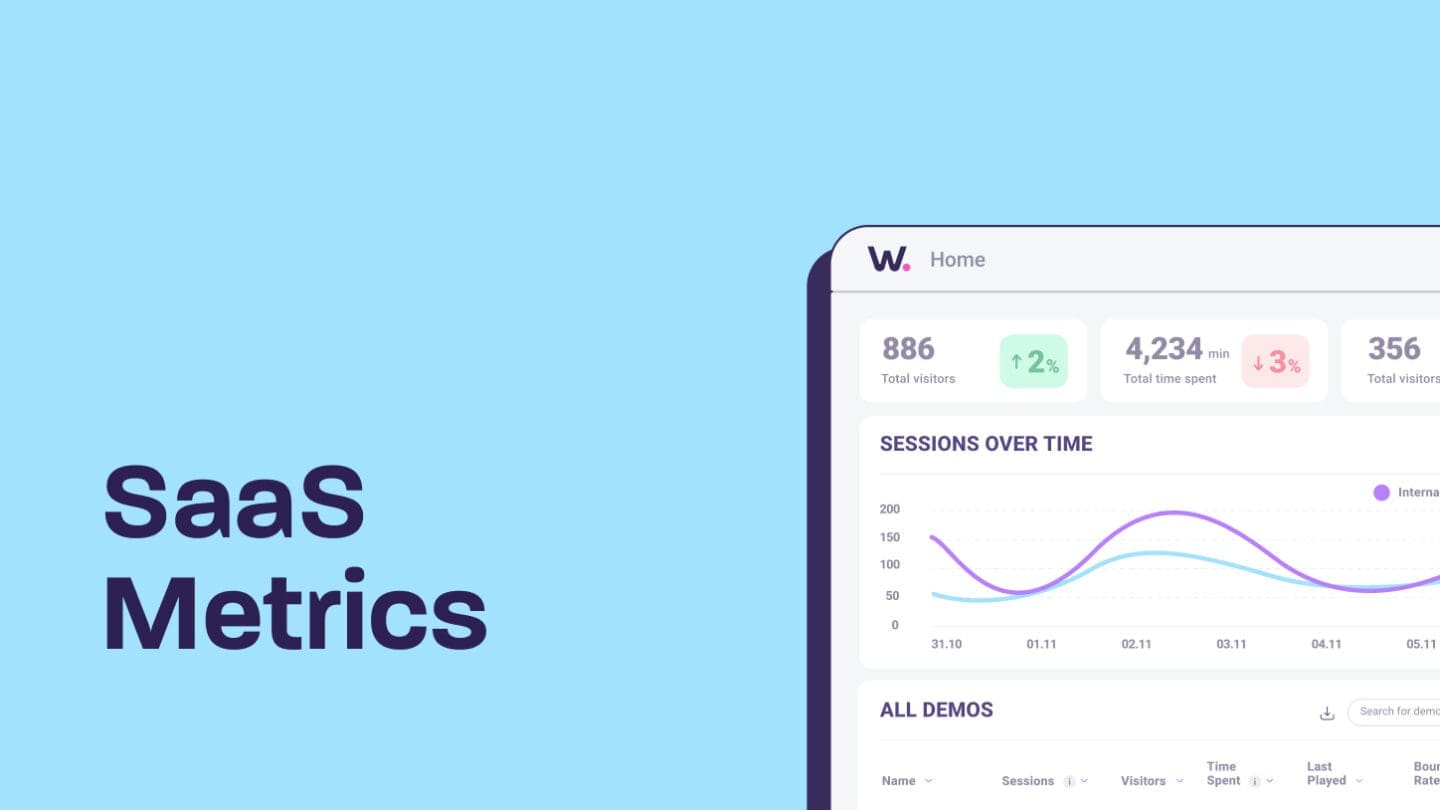Peanut butter and jelly. Macaroni and cheese. Bread and butter. Walnuts and product demos.
All these things seem like they were just made to go together. (Can you tell we’re a little hungry?)
Like these treats, there are two departments within your B2B company that go together almost as perfectly: marketing and sales.
What’s the relationship between marketing and sales?
While a good marketing and sales collaboration can be priceless, unlike these food combos, these groups can sometimes have a bit more of a complicated relationship. Because while marketing speaks to a broader audience, sales hone in on individual clients.
Marketing’s job is to get the word out about your company, build a brand, and bring in leads. They’re figuratively shouting about your solution from the rooftops, encouraging people to come by and learn more or try it out for themselves. Their main goal is to spread the word far and wide so that those who can benefit from your solution think of your company first.
Sales, however, are usually the people who greet these visitors once they arrive. They speak to them on an individual basis and work on getting them to close a deal with your business.
But because of the very different goals of these two departments, there can sometimes be a disconnect between the leads that marketing enthusiastically passes on to the sales department and the type of leads that sales consider valuable.
For that reason, in order to get that peanut-butter-and-jelly-like connection between these two teams, they need to work together to qualify B2B leads.
What does MQL stand for and what does it mean?
MQL stands for Marketing-Qualified Lead.
In short, a marketing-qualified lead is a prospective customer that has been qualified by the marketing team as fit to be moved to the sales team.
While every B2B SaaS company and every marketing team qualifies their leads slightly differently, an MQL usually has engaged in some way with the marketing materials to be considered a good lead. This can include responding to marketing materials in email or social posts, downloading a whitepaper, signing up for a newsletter, or attending an event.
The lead will also usually have met certain criteria set by the sales team, which can be related to the lead’s position in their company, the company’s industry, or other basic details.
Why is it important for B2B SaaS companies to use MQLs?
Are MQLs just a way to make the colorful, creative, and (usually) slightly nutty marketing team feel important? Are they really beneficial for sales?
Of course they are. But there has been some debate throughout the industry over the value of MQLs.
MQLs can vary in terms of quality and purchase intent. Someone that downloads a whitepaper or attends a webinar on a specific subject might not be actually ready to buy your specific SaaS product. They’re definitely not as ready to buy as someone who has already spoken to your sales team and requested a sales demo of your product.
But at the same time, that doesn’t mean that MQLs aren’t valuable. As a SaaS business, you need to generate MQLs to feed your sales funnel and hit your revenue targets. Sales staff need to keep nurturing and engaging those leads along the way, even if they take a little longer to convert. As long as some MQLs turn into customers, they add value. The best way to ensure that MQLs turn into customers is to identify them early on.
How to mark or identify your MQL accurately
Sales and marketing teams have to work together to determine exactly how to qualify their leads. Here are a few ways they can qualify their leads together:
- Create an ideal customer profile (ICP)
The best leads are the ones that match your Ideal Customer Profile (ICP). An ICP is a description of the ideal client for your product.
An ideal customer is someone who stands to benefit greatly from your product or service and will also bring the most value to your business.
Marketing and sales teams should establish the ICP profile in terms of the company’s size, activity, how well established the company is, and their primary reason for buying your product. The closer your marketing qualified leads are to your ICP, the better chance you’ll have of converting them and the less likely they are to churn in the future.
- Gather feedback from sales reps
Marketing teams should make a point of sitting down with their sales team to find out which leads they find the easiest to qualify and nurture.
Marketing can’t commit to only delivering leads that match this criterion, but it will certainly help define the leads they should focus on. It’s also a good idea to work with reps to determine which factors are the most represented in your existing customer base.
Here are some questions you can ask your sales team:
- Do you mainly close deals with local companies or ones in a different geographic zone?
- Which industries are they in?
- What’s the average company size?
- Are there any commonalities among your users that will help determine which leads to focus on?
- Examine digital footprints
Marketing departments have a wealth of digital information at their fingertips. They should evaluate the entry points of leads in relation to whether or not those leads are closing.
For example, if most leads that attend a webinar go on to make a purchase, you can rank leads that enter the system this way higher than other less effective entry points. Entry points could include downloads, time spent on specific landing pages, or social media activity.
Marketing should also ensure that prospects can self-identify as MQLs by adding pop-ups or checkboxes that allow them to indicate whether or not they would like a salesperson to get in touch with them.
- Revise your lead definitions regularly
Prospects and leads evolve the same way your business does.
Marketing and sales teams need to revise ICP definitions regularly and make updates and amendments if required. Methods that work for you now won’t necessarily work in the future, so make a point of reviewing your lead definitions every quarter or half-year.
- Incorporate demos in your marketing materials
Sales staff will tell you that clients who make it to the demo phase are far more likely to convert, but you shouldn’t have to wait until then to give prospects a demo.
You can build interactive product tours that are focused on different buyer personas or ICPs and embed them in landing pages to drive conversions. You can make them gated content and only allow prospects to view it once they’ve submitted their email address. This way you can track how they interact with it and gauge their interest in your product. For example, you can learn that prospects that view the demo in full, click through it multiple times, or share it with their teammates will likely have an interest in speaking to a rep to hear more about your offer.
Marketing and sales need to work together
Cooperation between marketing and sales is the key to better MQLs that will move along the funnel and turn into customers.
Start by working with your sales teams to determine what an ideal customer would look like. Gather customer intelligence by speaking to reps and examining digital footprints left by customers who convert. Once you’ve created a definition, you should revise it regularly to keep it relevant. You can also incorporate interactive, tailor-made demos to your landing pages and website to gently nudge leads towards your inbound sales teams.
Being able to create personalized and customer-centric demos can change the way you sell. Not only can they help you gather marketing leads, but they can also be used by your sales team to give prospects a better sales experience.
The result is buyers who love you buying from your SaaS B2B company.
So what are you waiting for? Push the big purple “Get Started” button at the top of your screen to start improving your sales funnel today.



